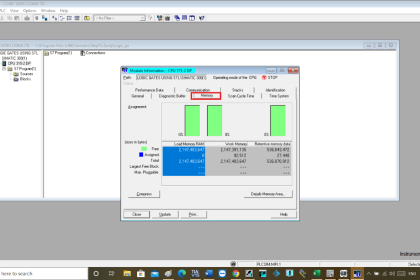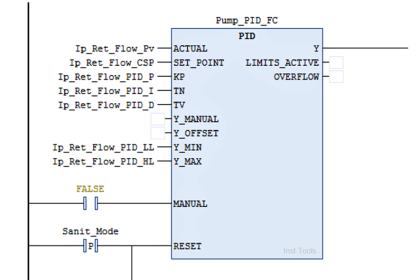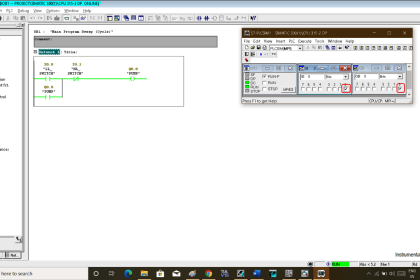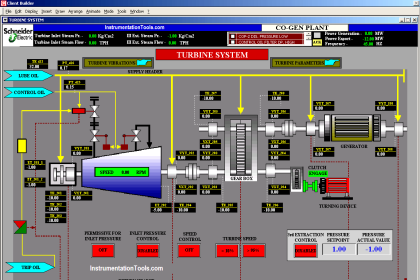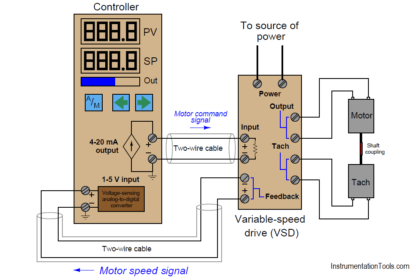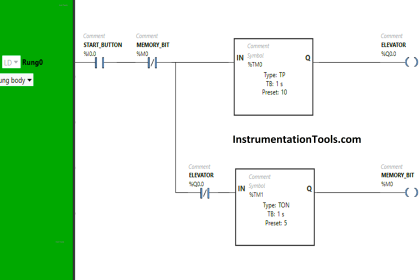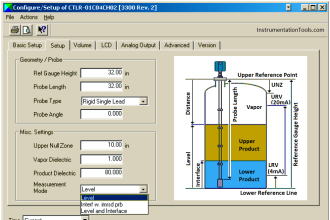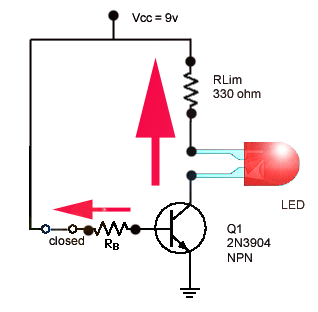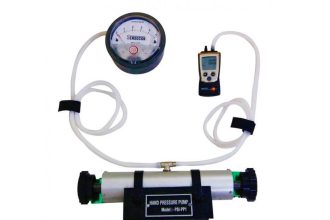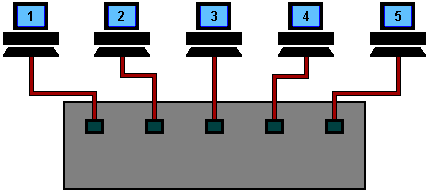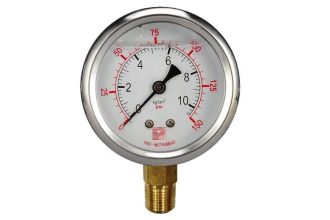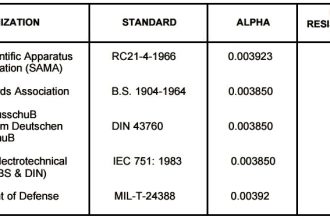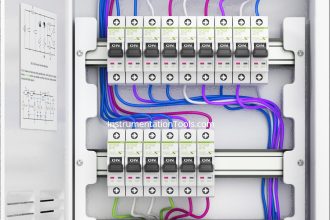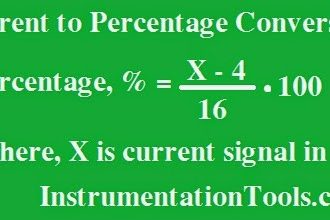When you are working in an industrial automation system for PLC programming, you have requirements where you need to control a process gradually or in a step-by-step way.
Control Algorithms
You cannot directly just on or off a logic for getting your work done. It can have adverse effects on your actual PLC output. For this reason, there are various types of control methods available in a PLC program for appropriate actions.
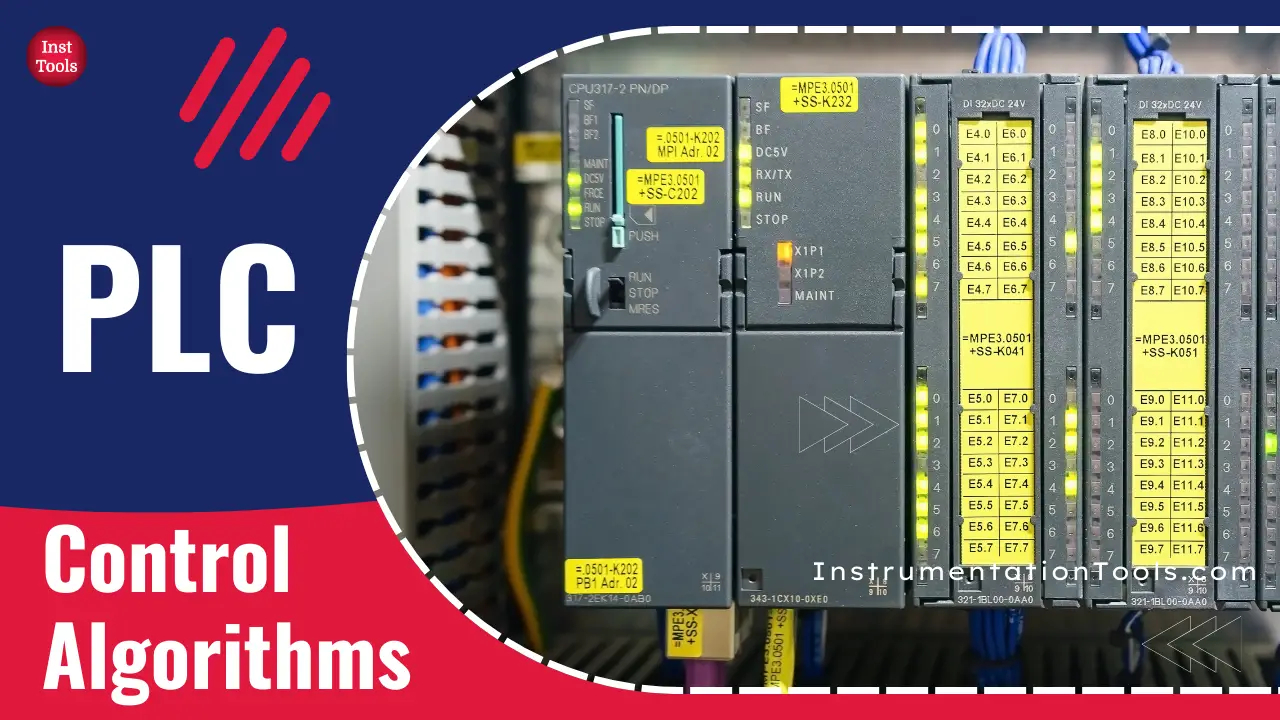
In this post, we will see the various control algorithm methods that are used in a PLC program.
PID control
This is by far the most famous method for control. PID uses a closed-loop mechanism for control. This means it will first get the feedback and based on what you desire, it will accordingly vary the output.
For this, PID controller uses internal mathematical calculations with three parameters – proportion, integral, and derivative. So, if you want to control a chiller with a compressor, then the PLC will control the compressor output by first measuring the actual temperature and checking it with how much the user requires.
Based on that difference every time, the compressor output will either be controlled gradually or turned on-off to maintain the temperature. For this, a PID block will be used in the PLC program for doing this task.
Function generator
This is a very simple type of control method. In the function generator, you have to define an input table of n values. Similarly, define an output table of n values.
So, for example, if we define 10 value tables in both the input and output sides, we have a 10-size element. Now, these 10 elements will have different values. If you set 0-100 on the input side, then we have set 0-50 on the output side. These 10 elements are 10 ranges, meaning 0-10, 10-20, 20-30, and so on.
Accordingly, the output side will be distributed into 10 elements from 0-5, 5-10, 10-15 and so on till 50. When a real-time input is between any value at the input side, the corresponding scaled output will be passed. Here, you have full flexibility to set the input and output table values.
Fuzzy logic control
Fuzzy logic is a relatively very good method for controlling an output. Normally, you have two binary states – 0 and 1. So, let us consider whether a valve can be opened or closed. But what if the valve is stuck in between? We do not know whether the valve is near to open state or closed state. In that case, it helps if there exists a state between 0 and 1. This helps to at least come closer to a possibility. This is called fussy logic.
Here, you get to define values near 0 and 1. It can be like 0.9 or 0.2. Accordingly, you can control the outputs when it comes close to these values. And when it reaches the extreme limit, that is 0 or 1, you can fully open or close the valve.
Before that, you can gradually operate the valves. This brings more precise control to the process. So, this control block allows for a collection of values that can be useful in unpredictable situations. It requires a lot of knowledge and expertise to correctly set the values and sets so that the logic works properly.
Position proportional
This logic will open or close a device by pulsing open or close contacts at some predefined timer set by the user. It is done for a pulse width proportional to the deviation between the required position and the current position.
You have to set control parameters like how much minimum and maximum to limit the output, what the duration for which output will remain on, the rate at which the device should open or close in %/second, etc.
The function block takes actual feedback, evaluates internal timers, and checks whether the opening or closing is happening within that desired rate or not. If not, then the corresponding open or closed pulse will be given.
In this way, we saw the various control algorithm methods used in PLC programming.
For daily updates and to stay connected with our latest content, be sure to follow us on Facebook and Twitter.
To further expand your knowledge, we recommend checking out our next insightful articles.
Read Next:
- PLC-to-PLC Communication Project
- PlantPAx Library in Factory Talk Studio
- What is a Data Block? Global Data Blocks in PLC
- How to Save a PLC Project to a Memory Card?
- Analog Input Devices in Studio 5000 Tutorials
